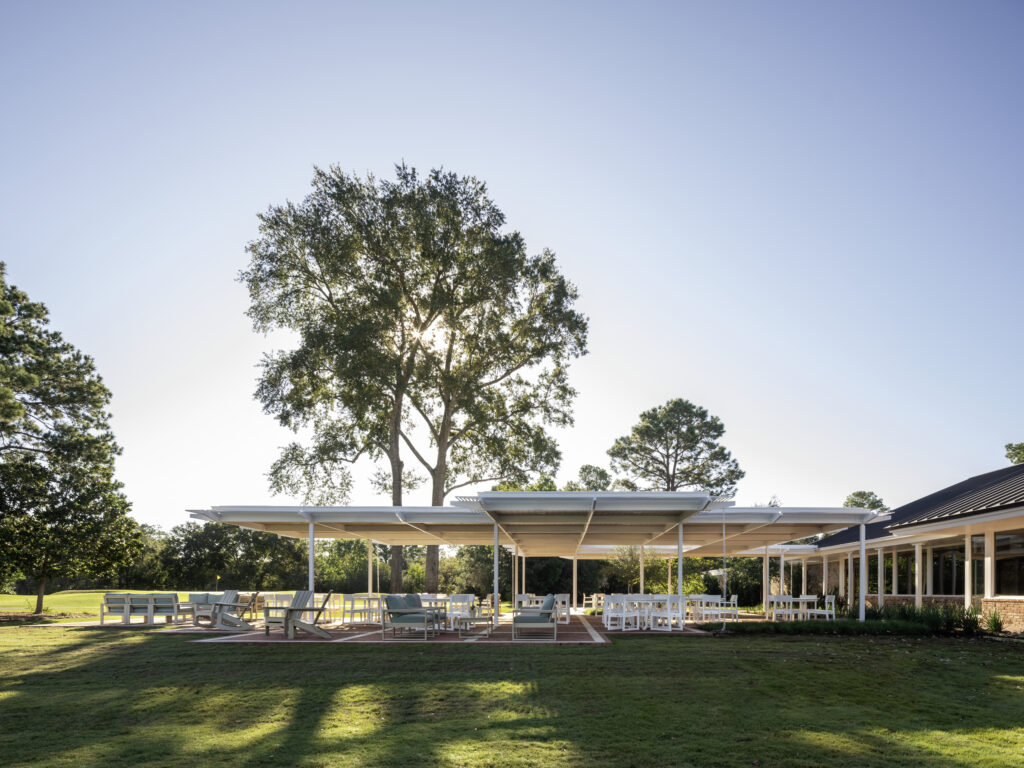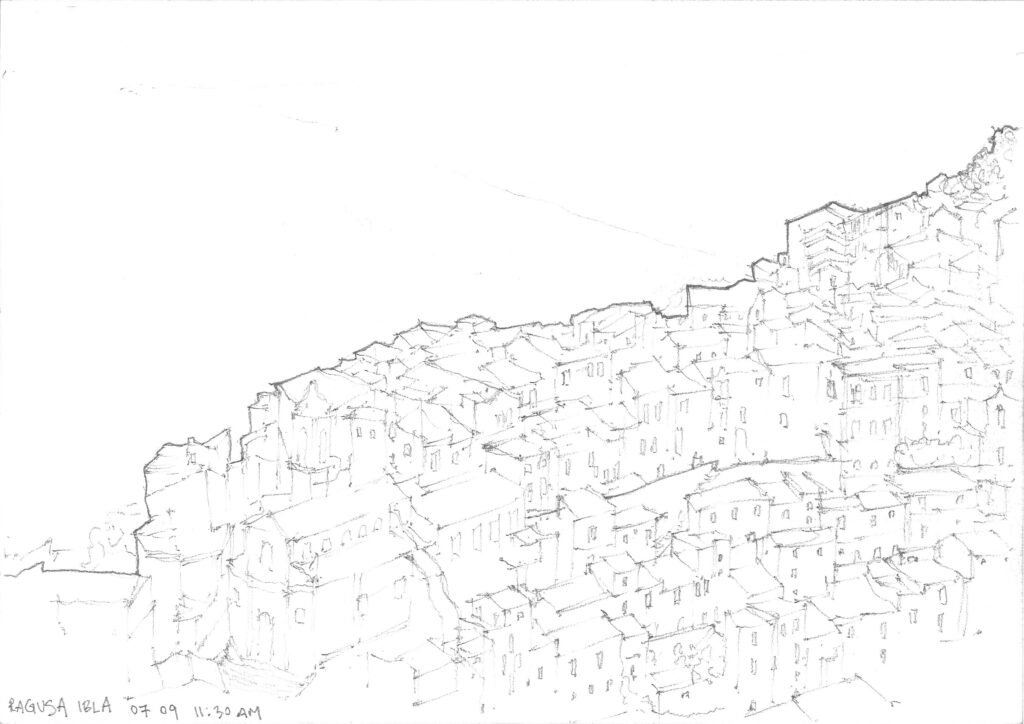
In the realm of architecture, the term “vernacular” goes beyond a mere aesthetic descriptor – it encapsulates the essence of a region’s identity, culture, and history. Vernacular architecture is the embodiment of a community’s values and ways of life, responding to the unique challenges posed by the environment. As the architectural historian Paul Oliver aptly puts it, “All forms of vernacular architecture are built to meet specific needs, accommodating the values, economies, and ways of life of the cultures that produce them.” (Oliver, 1997) In this article, we will explore the various dimensions of architectural vernacular and why it is essential for crafting designs that resonate with the heart and soul of a region.
At its core, architectural vernacular refers to the locally inspired, traditional, and indigenous styles that have organically evolved within a specific geographic area. It is a reflection of the community’s shared history, values, and cultural identity. Unlike imposed or abstracted architectural styles, vernacular architecture is a living testament to a region’s adaptation to its surroundings and a celebration of its unique character.
Paul Oliver’s insight highlights the crux of the matter – vernacular architecture is purposeful. It is not merely an aesthetic choice but a response to the contextual needs of a community. This purposefulness is what lends vernacular architecture its timeless and enduring appeal.
Vernacular Categories
1. Culture and History
To understand a region’s architectural vernacular is to embark on a journey through its cultural and historical tapestry. Houston, a city with a storied past and a diverse population, boasts a melting pot of architectural styles. From the Victorian-era homes in the Heights to the mid-century modern gems in Glenbrook Valley, each structure tells a story – a narrative intertwined with the cultural threads that weave through the city.
Exploring this category involves delving into the architectural motifs, building typologies, and design principles that have stood the test of time. By doing so, we gain insights into the identity and character that define Houston’s built environment.
2. Climate and Environment
Houston’s climatic conditions, characterized by subtropical heat, humidity, and the looming threat of hurricanes, have a profound impact on its architectural vernacular. Traditional structures in the Gulf Coast region are equipped to deal with these environmental challenges. Raised foundations, large eaves for shade, and hurricane-resistant designs are just a few examples of how vernacular architecture responds to the unique demands of the climate.
In the era of sustainable design, understanding how historical buildings navigated environmental constraints informs contemporary architects striving for eco-friendly and resilient solutions.
3. Materials and Construction Techniques
Vernacular architecture is a testament to human ingenuity in utilizing local materials and harnessing traditional construction techniques. The choice of materials, often influenced by local availability, defines the aesthetic and structural aspects of vernacular buildings. In Houston, where the landscape ranges from coastal plains to piney woods, the architectural palette is diverse – reflecting the region’s rich natural resources.
Exploring this category involves unraveling the stories hidden in the bricks, wood, and other materials that form the foundations of Houston’s architectural identity. This knowledge not only informs architects about sustainable practices but also pays homage to the craftsmanship inherent in vernacular construction.
4. Functional Needs
Vernacular architecture is inherently pragmatic, addressing the functional needs of the community it serves. The layout of spaces, the orientation of buildings, and the integration of natural elements are all informed by the daily lives of the inhabitants. In Houston, a city known for its sprawling urban landscape, the vernacular accommodates the need for efficient ventilation, flood mitigation, and communal spaces.
By dissecting the functional aspects of vernacular architecture, designers can glean valuable insights into creating spaces that not only meet the contemporary needs of the community but also foster a sense of place and belonging.
5. Aesthetics and Form
Aesthetic preferences are deeply rooted in culture and tradition. Houston’s architectural vernacular, with influences from diverse communities, exhibits a visual language that resonates with its inhabitants. From the vibrant colors of Creole cottages to the sleek lines of modernist structures, each architectural style contributes to the city’s kaleidoscopic aesthetic.
By exploring the aesthetics of Houston’s vernacular, architects gain a nuanced understanding of the visual elements that evoke a sense of identity. This category serves as a bridge between the past and the present, allowing designers to craft buildings that are not just functional but also aesthetically pleasing and culturally relevant.
6. Community and Neighbors
Vernacular architecture is inherently communal. It is not just about individual structures but about how buildings contribute to a sense of community and neighborliness. In Houston’s tight-knit neighborhoods, vernacular architecture fosters social cohesion, creating spaces that encourage interaction and shared experiences.
By examining the relationship between buildings and the community, architects can gain insights into the social dynamics that shape the built environment. This category serves as a reminder that architecture is not just about physical structures; it is a catalyst for community building.
The Houston (and Gulf Coast) Vernacular Series
This journal post marks the initiation of a series dedicated to exploring different design components of the Houston and Gulf Coast vernacular. The intent is to create an ongoing and evolving conversation about what constitutes good architecture for Houston. Through this journey, our collective ideas will grow, strengthen, and transform as we delve deeper into the intricacies of our city and, by extension, each other.
Understanding and respecting the architectural vernacular of a region is not a mere nod to history; it is a commitment to creating designs that are deeply rooted in the cultural fabric of the community. Houston’s architectural vernacular is a dynamic tapestry woven with threads of culture, history, climate, materials, functionality, aesthetics, and community. By dissecting these elements, architects can navigate the delicate balance between honoring tradition and meeting the evolving needs of a vibrant and diverse city.
As we embark on this exploration of Houston’s architectural identity, let us celebrate the stories told by each building, honor the craftsmanship of the past, and embrace the responsibility of shaping a built environment that reflects the essence of our community. Through this ongoing conversation, we aspire to contribute to the ever-evolving narrative of good architecture for Houston – a narrative that is both a testament to our shared history and a compass guiding us toward a sustainable and culturally rich future.
References
Oliver, Paul. ed. (1997). Encyclopedia of Vernacular Architecture of the World. Vol. 1. Cambridge University Press.
Explore
Champions Golf Pavilion
Houston, Texas
Commercial
The new Founder’s Patio at Champions Golf Club offers an exciting opportunity for dining, relaxing and enjoying the golf club. Located along the golf side of the existing clubhouse, the design respects and resonates with the existing architectural language on the property, while amplifying and adding to the experience of club.
Sunni Soper
Poet
Music and Performance
In this episode our resident architects Joe Rivers and Kevin Barden visit with Sunni Soper, a spoken word artist from Austin, Texas. Since moving back to Austin, Texas less than a decade ago, Sunni Soper has become a strong voice and contributor to Austin's spoken word scene. Joe and Kevin visited with Sunni to discuss her beginning in poetry, the importance of editing and reflection, and her advice for budding artists.
Sicily Sketch Essay
Kevin Barden
Drawing and Photography
In the summer of 2008, Kevin visited Sicily for two weeks. Traveling by train, car, and foot, various sites ranging in time, material, and typology around the island were observed, explored, and studied. This sketch essay captures a handful of the moments and experiences from the trip.


